Released in 1970 and generally credited as being the first ever modern synthesiser & certainly the first ever synth to incorporate a pitch wheel; Moog basically took bits of their modular Moog Synthesiser, bolted them to a keyboard & added switches to create the patching & routing options of the modular patching chords previously required to bolt the various parts together to create different configurations of signal flow & modulations etc. The MiniMoog therefore made synths small & portable for the first time, and therefore usable on stage without having to lug a big old modular system around.
The entire story of the MiniMoog & the Moog company in general is somewhat strange & riddled with that kind of 'early pioneer days' stuff which sadly could never happen now.
The MiniMoog for example was not actually designed by Robert Moog at all. It was created by the Moog engineers based on experiemental designs for a small portable version of the Moog Modular synth which had been cobbled together by Bill Hemsath one of the Moog engineers who was also often tasked with product demonstration.
Hemsath found he was almost always having to patch the Moog Modular system in the same configurations when doing demonstrations, so he had messed with some designs, bolting together some components with a small keyboard and with these most common patchings being pre-wired and available to be 'dailed in' easily with switching & controls.
Hemsath called this prototype the 'Min A' or "mini" & Bob Moog had seen it as a novelty but saw no potential for bringing such a design to market. Despite there being no plan to bring this product to market, over further months the engineers and Bob Moog himself further developed this 'Mini' synth, building it into a nice wooden cabinet for the 'Model B' and adding a suitcase design for portability etc for the next iteration, but there was still no plan to build them and sell them... by this time the Mini was at revision C or the 'Model C'
Coincidentaly, at this time in the late 1960's demand for the big modular Moog synths were fading & the company was sitting on a pile of parts with lots of cancelled orders, so the engineers who feared being laid-off took Hemsath's 'Mini' synth & created the prototype without Moog's permission while he was away on a road trip caused by these financial problems the company was facing.
Strange history eh?
Since it's creation the MiniMoog has gone onto achieve an almost legendary status, with it's classic 2 Oscillator format and patented 4-Pole filter sound it has been played over the years by a Who's Who list of famous artists in every possible genre of music, from chart pop & hiphop to jazz, techno & film scores. The MiniMoog did in fact go through various revisions in its original format, with various VCO circuits & some filter components being quite different from each other until it arrived at it's more common 'final' design known as the Model D before going out of production.
There are therefore in existance various 'sounding' original MiniMoogs, but the initial thing the MiniMoog was famous for was its 'fat' sound & that was caused by the unstable power supply which caused the oscillators to never properly sync in phase giving the MiniMoog its characteristic warm & rich sound quality.
Minimoog emulations have been available in software plugin format for many years from a variety of small boutique to larger companies, including Universal Audio (who sell a formally licensed emulation), Synapse Audio, Arturia, Cherry Audio, Softube and others, but no hardware options other than paying for an original were available until more recently.
The Moog company itself fell on hard times quite quickly after the introduction of the MiniMoog and was bought by another company. Robert Moog finally left the company in 1977 to form Big Briar. Moog soldiered on released a few products like the MemoryMoog & Taurus pedals, but the onslaught of Japanese high quality, innovation & competitive pricing as well as the rise of digital & sample synthesis through the 1980's & into the 1990's saw the MiniMoog discontined in 1981 & Moog finally faded away ceasing all production in 1993.
In a strange side story to all this, somewhere along this 1980's into the early 90's timeline as Moog was collapsing the trademark name Moog Music became free and a Welsh guy called Alex Winter started producing the MiniMoog 204E in the late 1990's with added PWM and MIDI. A tiny handful of these 'genuine Moog' synths were made before his company went into administration & they are extremely rare.
The American Moog Music trademark was finally returned to Robert Moog in 2002 (but not for the UK) & a new Moog era started continuing on after Moog sadly died in 2005 with a new MiniMoog Model D going into production in 2016 for only around a year until 2017. After another break the company began making another & 3rd version of the MIniMoog Model D in 2022 and that version is still in production.
The company now makes a modern MiniMoog the MiniMoog Model D which is essentially the same classic synth but with some improved modifications and of course the benefit of MIDI control. The Model D retails at around £5000.
Behringer controversially released a circuit copy clone both in Keyboard paraphonic form (the Poly D) & rack / tabletop mono synth form (the Model D) a few years ago, which are highly rated for their accurate sound and cost ridiculously low prices of around £599 & £259 respectively. Tbh you'd have to be bonkers NOT to go for the Behringer if you are putting together a hardware MIDI setup nowadays, just to get a 100% analog authentic copy of that big fat MiniMoog mono synth sound for such a cheap price.
Wikipedia's MiniMoog entry
The Minimoog has six sound sources. Five of these (three voltage-controlled oscillators with switchable waveforms (triangle wave, sawtooth wave, a combination of the sawtooth and triangle wave/reverse sawtooth or ramp wave in oscillator three, square wave and two different width pulse waves), a noise generator, an external line input) pass to a mixer with independent level controls.
The mixed output of the sources is then passed through the voltage-controlled filter (VCF) and a voltage-controlled amplifier, each of which has its own ADSD envelope generator. The envelopes are ADSD as the decay setting also sets the time for what's regularly known as release, a "shortcoming" that doesn't seem to diminish the Minimoogs popularity in any way. There is also a switch above the pitch- and modulation wheels to engage the final decay stage as well as a switch for engaging the glide circuit. The VCF can itself be made to oscillate, thus comprising the Minimoog's sixth sound source. The VCF is of transistor ladder type, a design patented by Moog music and even defended in court.[citation needed]
The output of the third oscillator and/or the noise generator can also be routed to the control voltage inputs of the filter and/or oscillators. The amount of pitch or filter modulation thus realized is controlled by the modulation wheel, which is the right one of the two plastic disks located to the left of the keyboard. In this way the third oscillator is frequently used as a low-frequency oscillator to control pitch.
The Minimoog can be controlled using its in-built, 44-note keyboard, which is equipped with modulation and pitch-bend wheels or by feeding in an external one-volt-per-octave pitch-control voltage and triggering the envelope generators with an inverted trigger.
External pitch control does not pass through the glide circuit, nor is presented to the VCF tracking switches and thus, the external inputs were not designed for external keyboard control. The lowest note played on the keyboard determines the pitch, a condition that is referred to as low-note priority. The envelope generators do not retrigger unless all notes are lifted before the next note is played, an important characteristic which allows phrasing.
The modulation and pitch-bending wheels were an innovation that many instrumentalists found to be extremely playable. The pitch-bend wheel is on the left of the modulation wheel. It is normally kept in the centered position. It is not spring-loaded; the player must return it to the centered position to play in tune. There is a delicate detent mechanism to help the player find the center position tactually.
In sharp contrast to later synthesizers that also have pitch-bend wheels, there is no deadband near the center of the wheel's travel; the wheel produces minute changes in pitch no matter how slightly it is moved in either direction. The wheel can therefore be used to introduce slight vibrato or nuance, as well as accurate pitch changes. However, Moog later recommended adding a deadband mod and published this mod in their factory service notes. The detent mechanism can be somewhat adjusted in its strength.
The Classic MINIMOOG..... please add your comments



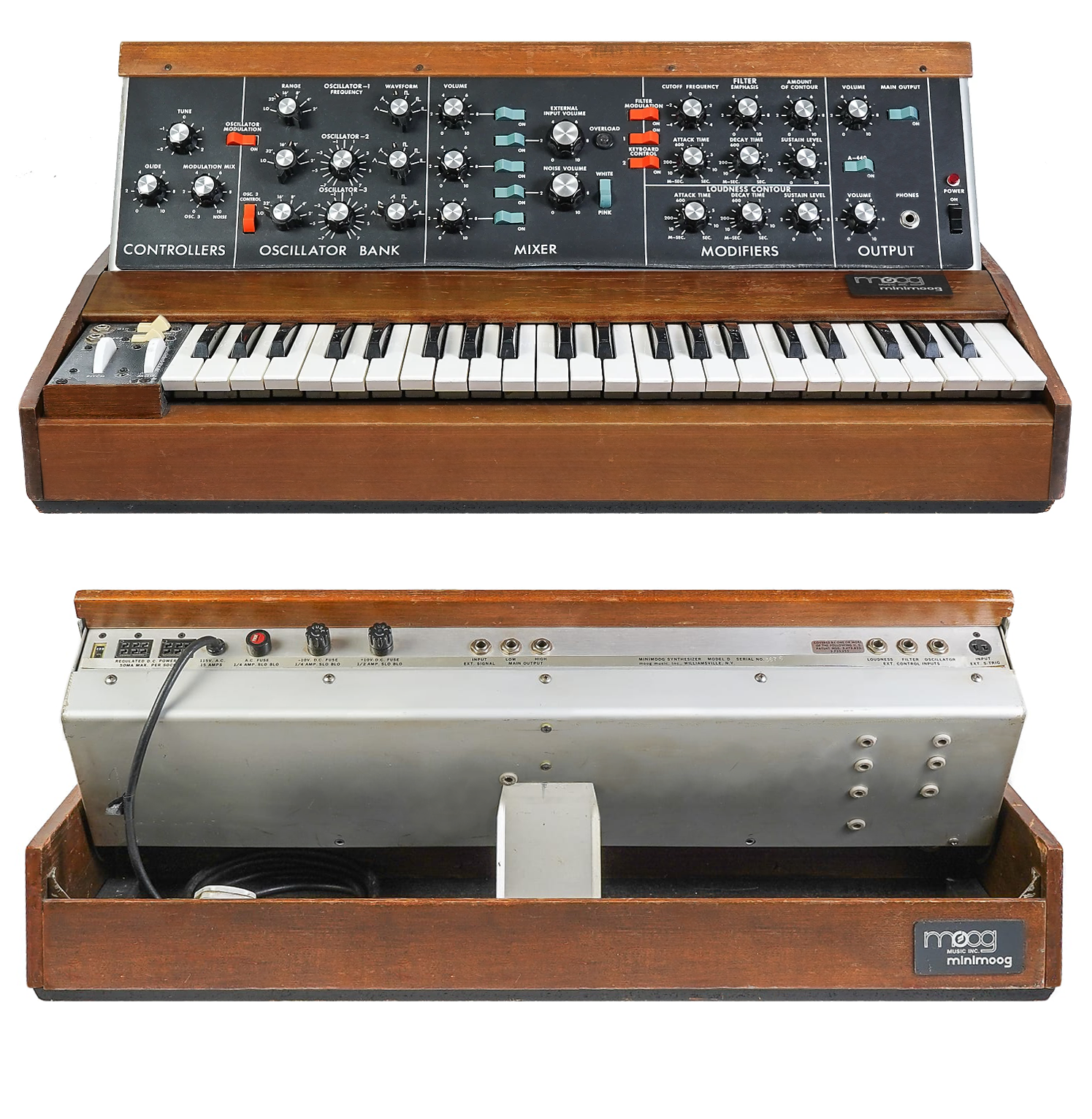

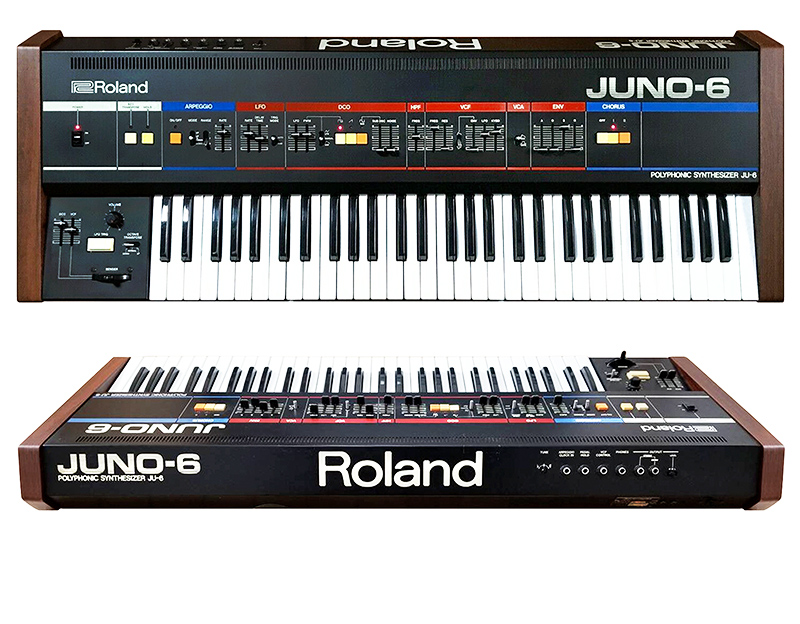
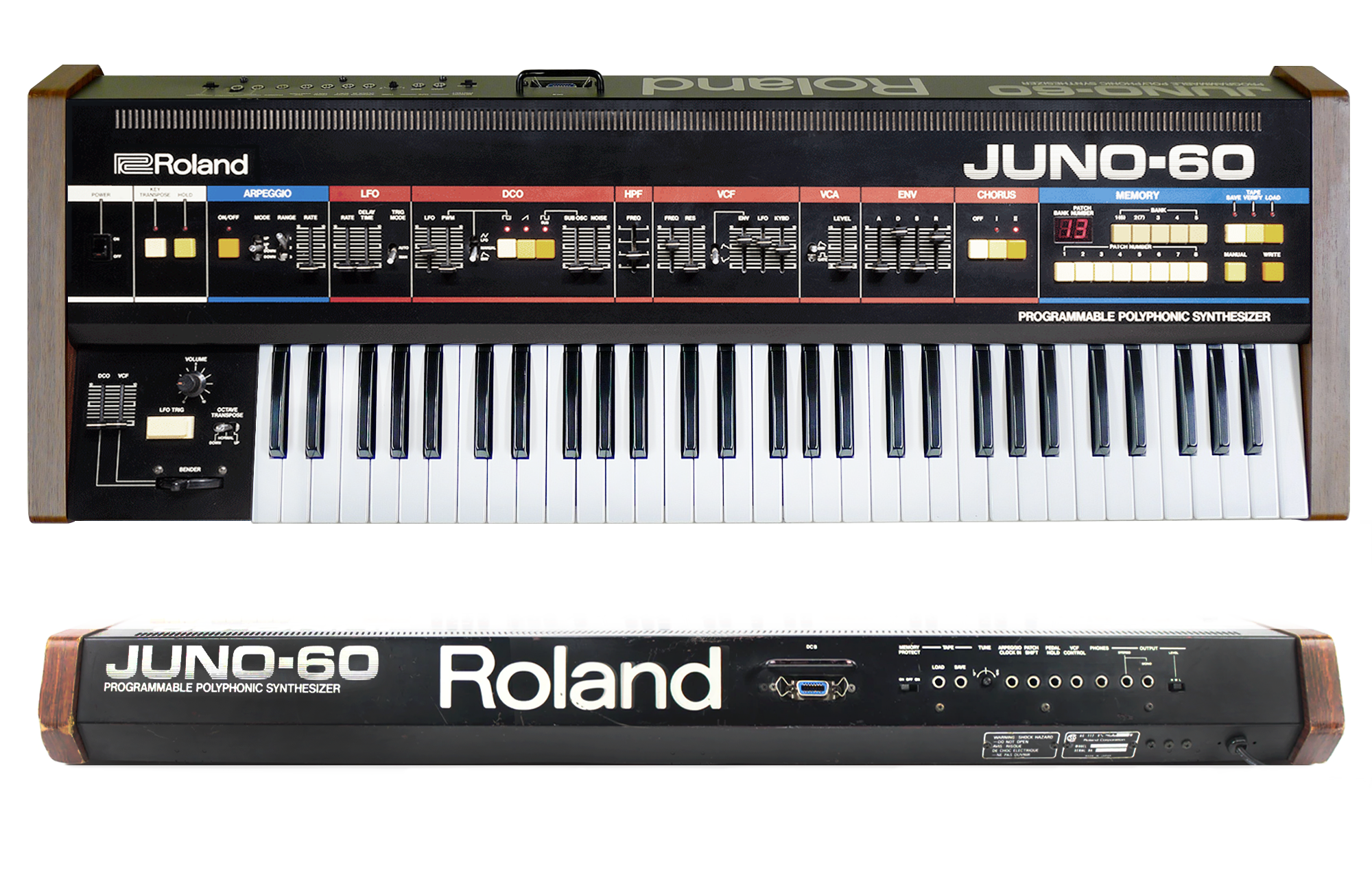
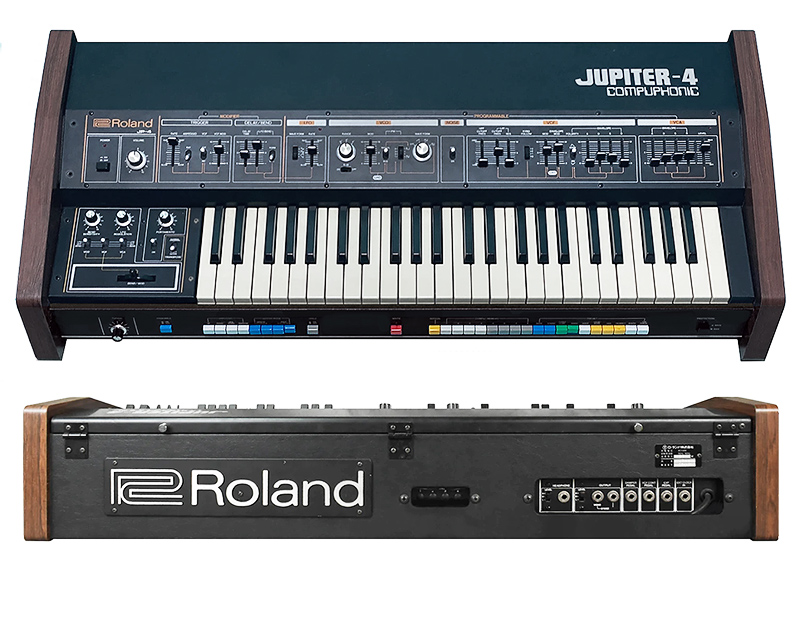
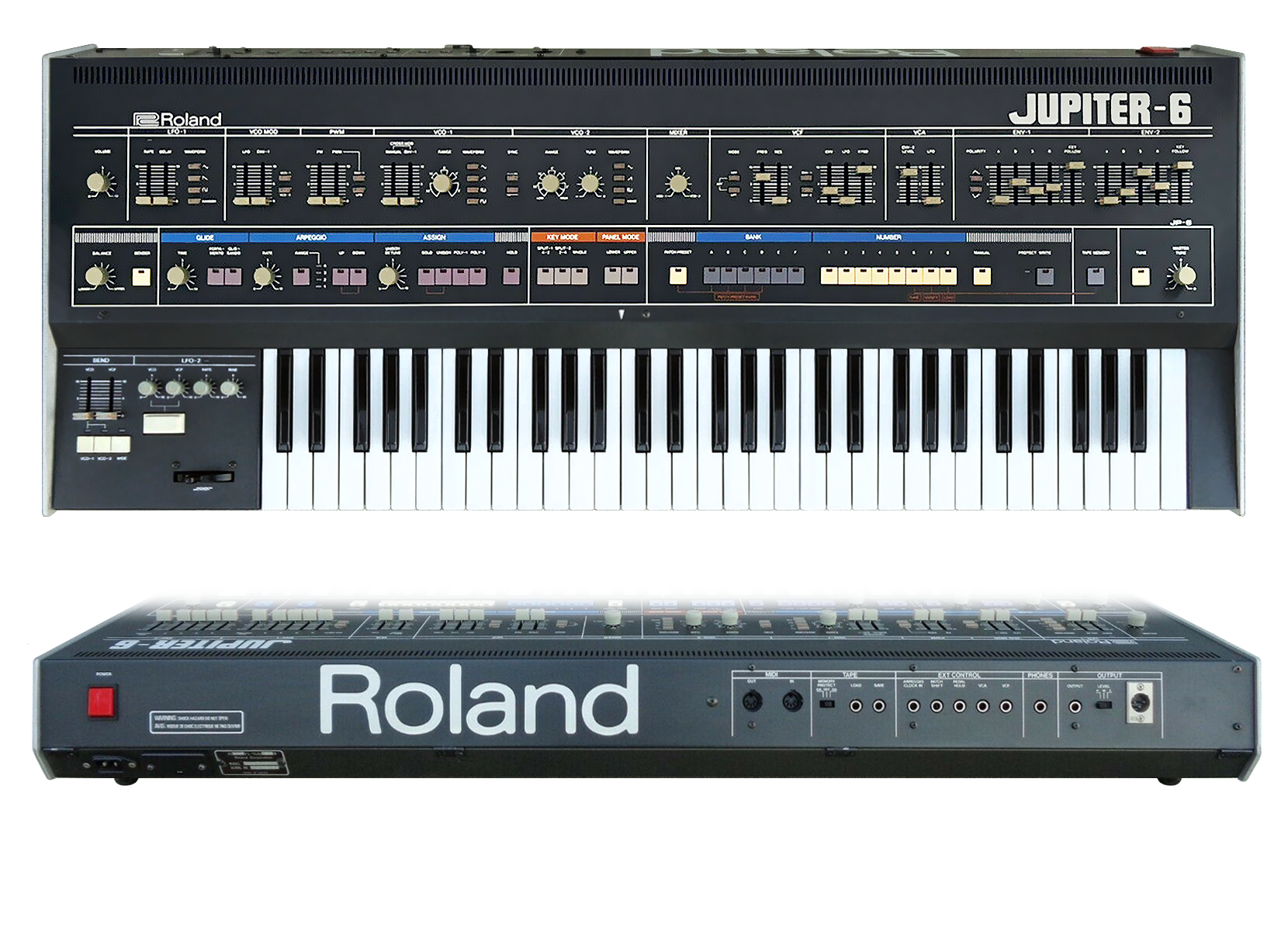
_BIG.jpg)
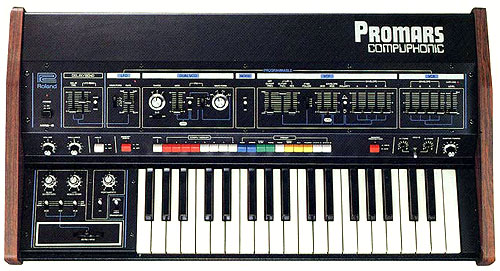
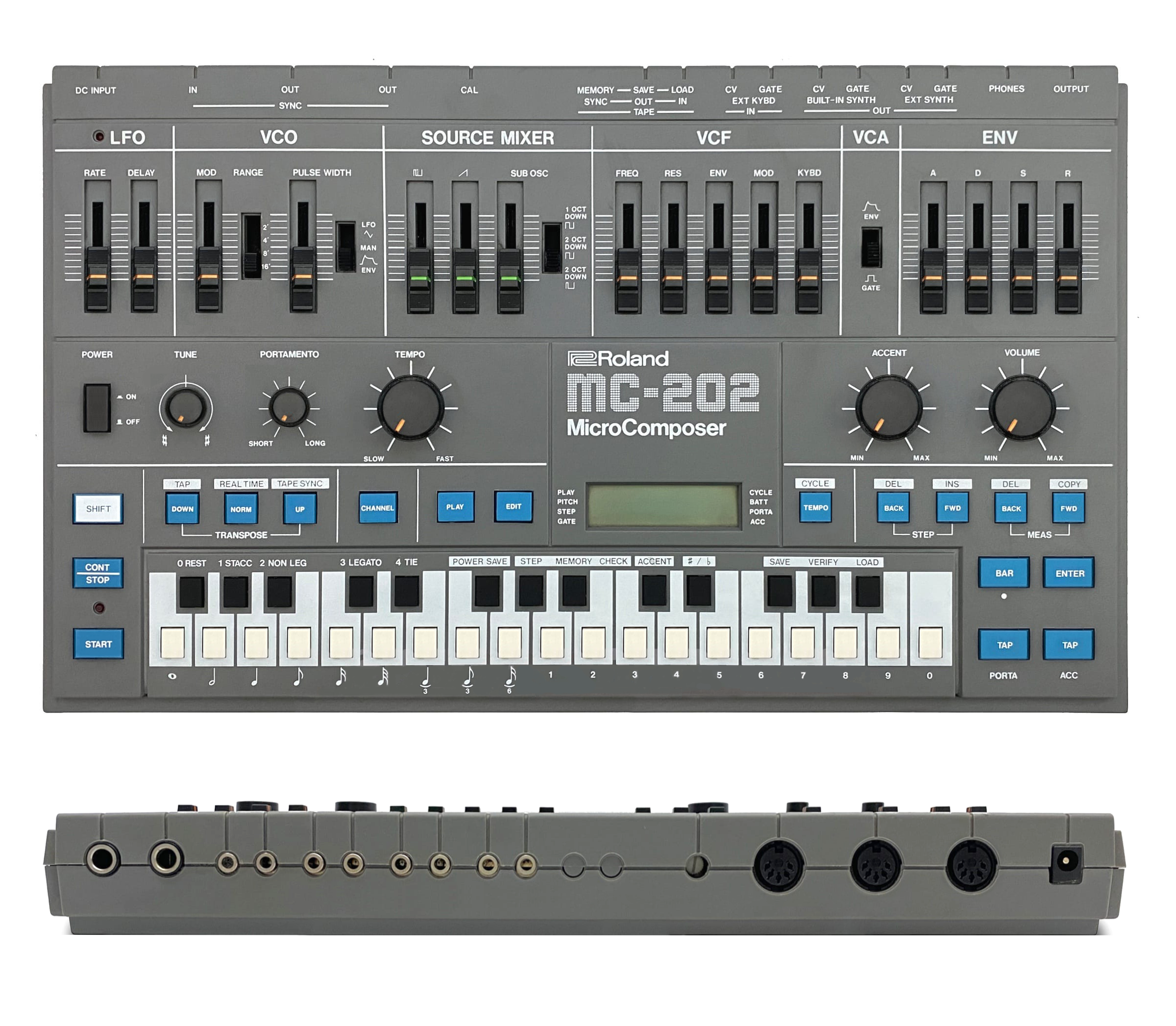
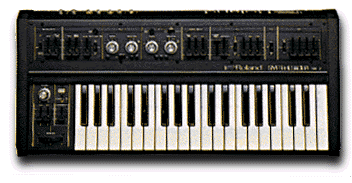
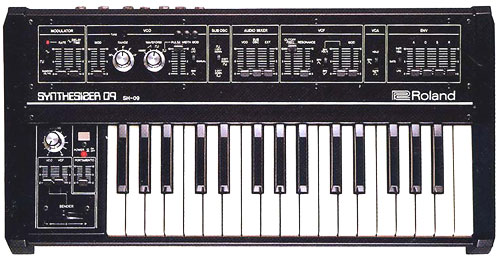
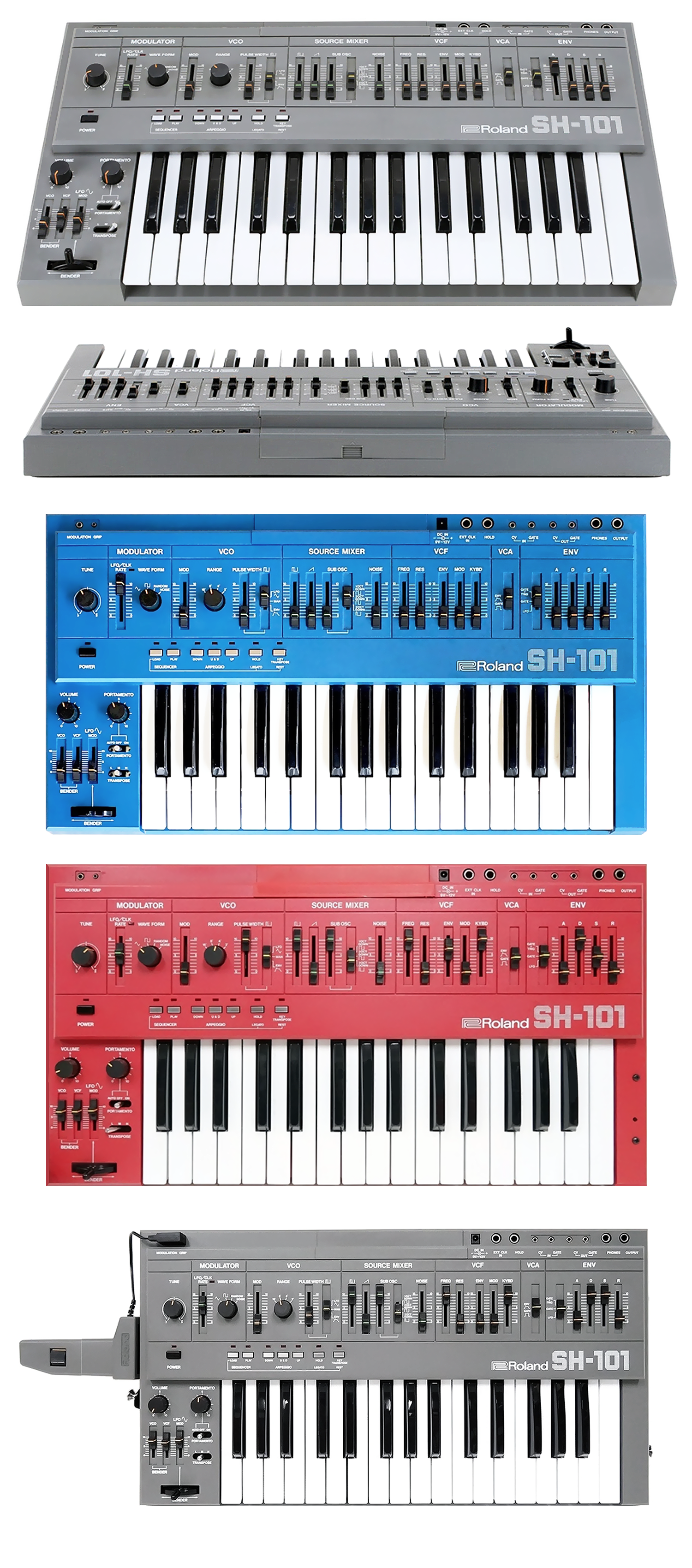
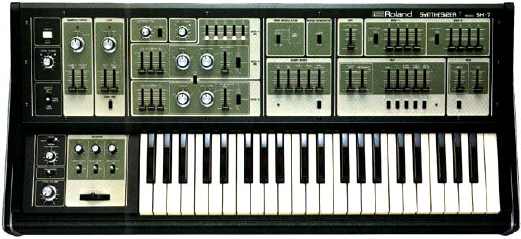
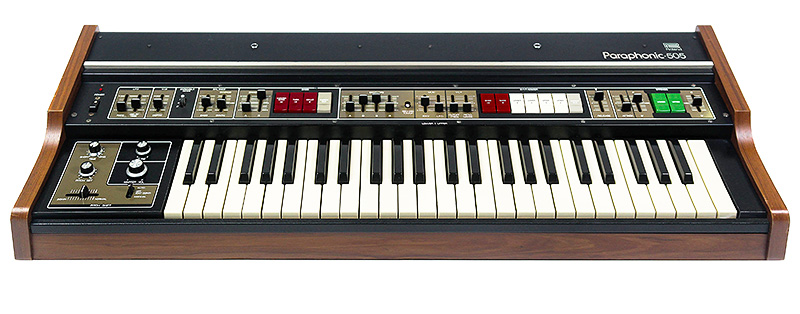



Read 8 comments
Add review/comment